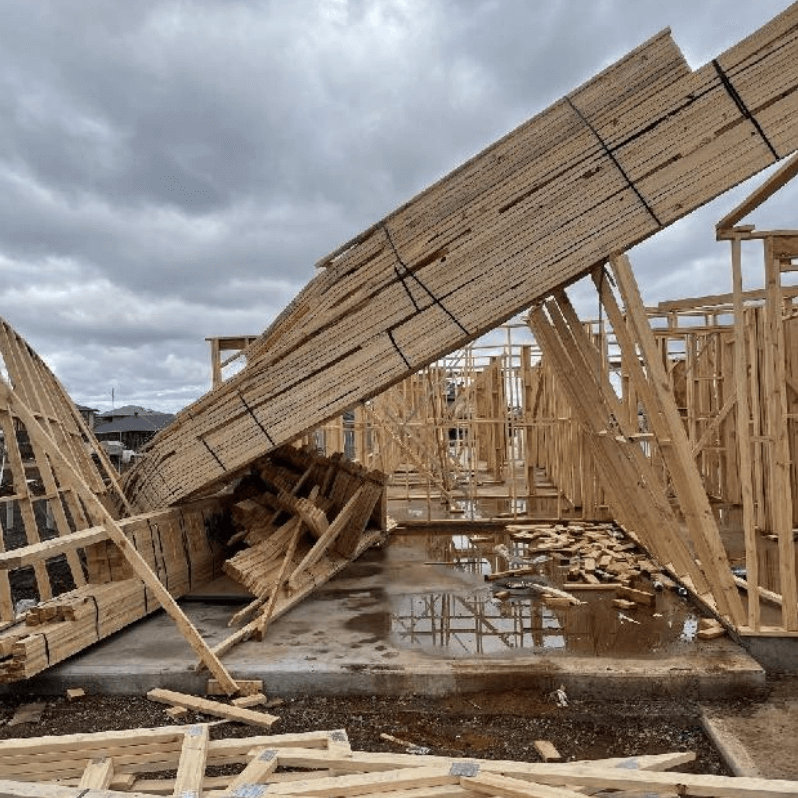Delivery to top plate has surfaced as a significant issue in both Victoria and New South Wales, prompting serious discussions and presentations from WorkSafe Victoria and SafeWork NSW, respectively.
In Victoria, where nearly a third of all workplace accidents originate from the construction industry, the problem demands immediate attention. Similarly, in New South Wales, the issue is even more alarming, with construction accidents accounting for almost 40% of total workplace accidents.
The central predicament lies in the ambiguity surrounding regulations and expectations concerning delivery to top plate. Various interpretations of the rules, coupled with a lack of uniform enforcement, have led to confusion and, ultimately, to possible safety lapses. Addressing these concerns is crucial to improving workplace safety and reducing the high percentage of construction accidents.
The key distinction between the approaches of the two states lies in their respective stances towards workers standing on the top plate. In Victoria, the legislation does not explicitly prohibit delivery to the top plate where officials say they cannot enforce something that is not legislated.


Instead, they encourage safe practices such as providing a “mud map” by the builder and emphasizes the importance of understanding the weight of the packs. This approach leans towards equipping workers with necessary information and tools to handle the task safely, according to the authorities.
On the other hand, New South Wales has a stricter stance. Safework NSW insists that at no point should any worker stand on the top plate to receive, land, or install trusses. This viewpoint aligns more directly with the prevention of potentially dangerous situations altogether, rather than providing tools to navigate them. Understanding these differences is crucial for the formulation of consistent and effective safety measures across the construction industry.
FTMA Australia holds a firm position on the matter of top plate delivery. We advocate against the practice of delivery drivers climbing onto the roof to deliver to the top plate, especially when they are also operating the crane. FTMA firmly believes that this poses unnecessary risks and safety hazards, particularly when no representative from the builder is present on site to assist and guide the delivery.
In such cases, FTMA maintains that the load should either be delivered to the ground level or returned to the yard for safety reasons. We underline that the critical responsibility of enforcing safety should not fall solely on the delivery driver, but rather, should be a collective effort involving both the delivery and construction teams.
Moving forward, FTMA will continue its active engagements with both Worksafe Victoria and Safework NSW. The ultimate goal is to establish an industry best practice guideline that clearly defines the responsibilities of all parties involved in the delivery to top plate. FTMA will focus on highlighting the unacceptable pressure placed on fabricators by builders to deliver to top plate, especially when there are no facilitating personnel at the site. This not only puts the driver in a precarious situation, but it also opens up the fabricator to potential liabilities in case of accidents. Therefore, FTMA will persistently lobby for the adoption of safety measures that protect drivers and fabricators alike. The association will also lead educational initiatives to communicate these best practices within the construction industry, aiming to create a safer and more responsible work environment for all.
If members would like a copy of the presentations provided on this issue at the NSW and Victorian State Seminars, please email me at kersten@ftma.com.au
Kersten Gentle
FTMA CEO
Our Principal Partners



